Humans have found a whole range of uses for birds over the centuries. Hunting with them, keeping them for their song, using them for food or divination—and as ornamental birds, because some of them are uncommonly pretty.
Look at the magnificent peacock with its elaborate tail or the sweet little goldfinch with its black and red mask. Even the humble dove is both a provider of meat and a gentle garden presence in its dovecote. In Devon, one tradition claimed the devil could take any form except a lamb or a dove (Henderson 1879: 304).
In this article, we’re going to focus on ornamental birds. So that means birds intended for purposes besides consumption. These include pet birds and birds for breeding.
Let’s explore the folklore of peafowl, partridges, doves, and finches.
Peacocks
The peacock originally comes from southern Asia. Villagers welcomed its loud cry that warned them of nearby predators (Ingersoll 1923: 143). In these areas, it was once considered either a magical bird or a forest protector. In some legends, Alexander the Great introduced the peacock to the Mediterranean.
The peacock was sacred to Hera in ancient Greece, and later Juno in Rome. Ernest Ingersoll notes legends considered the phoenix to be a hybrid of the peacock and the eagle. So, it’s unsurprising that Hera would take the peacock as her bird when her husband Zeus had the eagle (1923: 143).
How the Peacock Got Its Eyes
A famous myth explains how the peacock ended up with so many ‘eyes’ in its tail feathers. Zeus had been pursuing the nymph Io, and Hera turned Io into a heifer. Convinced that wouldn’t stop Zeus, Hera also set Argus, he of the hundred eyes, to stand guard.
Zeus enlisted the help of his son Hermes to do something about Argus. Hermes lulled the watchman to sleep, and once every one of his hundred eyes was closed, Hermes killed him. Juno was so upset about the death of Argus that she set his hundred eyes in the tail of the peacock in tribute.
Peacock Superstitions
Hearing a peacock cry meant rain was coming, although if it cried out of time, it meant the bird’s owner would die. Indeed, hearing a peacock cry under a window foretold the death of someone inside the house (Daniels 1971 [1903]b: 675). Yet having an image of a peacock on the headstone would ensure the body would be resurrected since the peacock was linked with immortality (Daniels 1971 [1903]b: 675). Seeing a peacock when you weren’t expecting to see one foretold an accident (Daniels 1971 [1903]b: 905).
Dreaming of peacocks meant ‘beware of conceit’ (Daniels 1971 [1903]a: 235). Some actresses didn’t like using peacock feathers in their costumes because they considered them unlucky. Even worse, it was unlucky to have peacocks on stage – even just their feathers (Daniels 1971 [1903]a: 561). Just owning peacock feathers could bring misfortune upon yourself (Daniels 1971 [1903]b: 677).
If you were heading to your wedding and saw a peacock on the way to the venue, it meant you’d be a poor but vain couple (Daniels 1971 [1903]a: 94). If a peacock wandered into your house at random, it meant a daughter of the family that lived there would marry a spendthrift (Daniels 1971 [1903]b: 675). Yet if a woman entered a park and immediately saw a peacock, she would marry a handsome man (Daniels 1971 [1903]b: 675).
Ingersoll suggests that a Middle Ages fear of illness or death if you brought peacock feathers into the house may be a lingering remnant of Juno’s ancient cult. Any misfortune might be caused by Juno’s anger at your plucking of her bird. This might also explain why people wouldn’t keep peacock feathers in the house if they had daughters; if they did, no suitors would call (Ingersoll 1923: 147).
Partridges
Grey partridges were once abundant in the British Isles, but their numbers dropped by 80% after the Second World War (Woolf 2022: 154). Why? A combination of herbicides that decimated the insects the chicks ate and the removal of hedgerows (Woolf 2022: 155). If we give birds nothing to eat and nowhere to nest, we can’t be surprised when they disappear.
They also appear in this section since they were kept as game birds. Partridges first arrived in Britain sometime after the Ice Age, although Charles II introduced the French partridge into royal parks. They’re such devoted parents that the partridge was a sacred bird of Aphrodite.
So which is the famous partridge in a pear tree, the grey or the red-leg? It’s potentially the red-leg partridge, since they have sometimes sung from the tops of trees or posts. That said, one 1867 theory thought the ‘pear tree’ part of the line was a misinterpretation of perdix, the Latin word for partridge, so who knows what that gift was? (Woolf 2022: 157)
Partridges also turn up in a weird old tradition of rhymes in which birds play official roles in ceremonies. We see this in the ballad about the death of Cock Robin, in which the cuckoo is the gravedigger, the stork the bell-ringer, and the lapwing the clerk. In a late 19th century version from Languedoc, ravens ring the knell, the cat carries the coffin, while the partridge wears mourning (Armstrong 1959: 173).
Partridge Superstitions
Eating red-legged partridges brought bad luck, and if one flew over your house, it would burn down (Daniels 1971 [1903]b: 675). Seeing one on a doorstep in the morning foretold a death (Daniels 1971 [1903]b: 675). A bed that included partridge feathers could prevent disease (Daniels 1971 [1903]a: 410).
Doves
The collared dove lives all over northern and western Europe, while the turtle dove is migratory, and only heard in southern and eastern England (Woolf 2022: 53). In folklore, people believed turtle doves mated for life, which might explain why we see two turtle doves in ‘The Twelve Days of Christmas’.
Doves were sacred to Aphrodite in ancient Greece, Venus in ancient Rome, and Inanna for the Sumerians. In one legend, Aphrodite was born from an egg, rolled ashore by a fish, and a dove had been brooding the egg (Ingersoll 1923: 129).
They also appear in specific myths. In one Greek myth, the hunter Orion relentlessly pursued the seven daughters of Atlas and Pleione. Rather than punish Orion, Zeus turned the girls into doves and they became the Pleiades constellation.

Doves and Peace
Doves also appear in the Biblical story in which Noah releases a dove to see if the floodwaters have receded. The bird returns with an olive twig. The birds represent the Holy Spirit in Christianity, and Nancy Price notes the use of dove figures on the chain of the font lid in some churches. As the lid raises, the figure descends, representing the Holy Spirit’s presence during baptism (Price 1959: 61).
St Agnes, St David, St Dunstan, St Gregory, St Enurchus and St Remigius are all associated with doves. They sometimes appear in art seemingly whispering into the saint’s ear, or escaping from the throat of a dead saint to represent their spirit. In one legend, the dove perched on the cross during the crucifixion to keep Christ company (Price 1959: 61).
As a result, killing a turtle dove was believed to bring disaster to the culprit. Dreaming of doves was supposed to indicate happiness. One tradition encouraged people to make a wish three times when they heard their first dove of the year (Price 1959: 61).
Yet the link between doves and peace is not universal. In Japan, doves became messengers of the war god. In one legend, the hero Yoritomo hid in a hollow tree. His pursuers passed the tree and two doves flew out. They decided the hollow must be empty since the doves would not have remained in the tree with a human. Yoritomo built shrines to the god of war, and his sacred doves (Ingersoll 1923: 141).
Dove Omens in Wales
In Welsh folklore, whenever a dove appeared by Llyn Dulyn in Snowdonia, it meant a wicked woman’s soul was going down to the underworld (Trevelyan 1909: 13). Yet in Irish folklore, the souls of children or sinless people became doves (Woolf 2022: 55).
Doves were connected with disaster omens in Wales, especially when they fluttered around collieries, according to Marie Trevelyan. In July 1902, a dove hovered over the mouth of the colliery level at Glyncorrwg in Glamorgan, sparking fears among the miners. People had seen doves before the explosion at Llanbradach Colliery, and also the Senghenydd and Morfa Collieries (1909: 107).
And it wasn’t just collieries that needed to pay attention. White pigeons were death harbingers, while doves circling a person’s head indicated serious illness or death (Trevelyan 1909: 282).
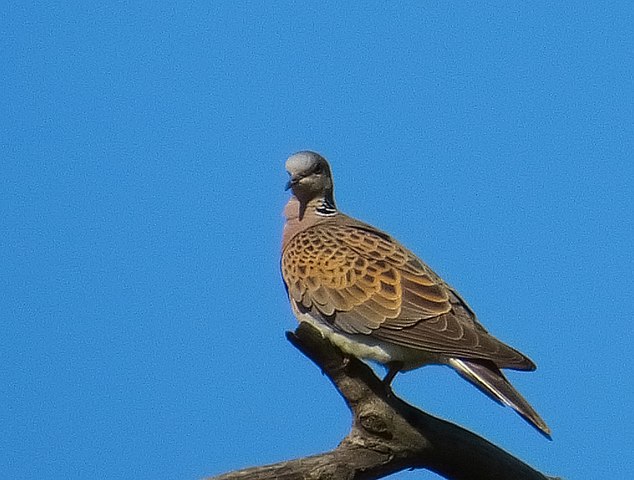
Dove Omens outside Wales
Elsewhere, it was bad news if a dove flew into a house where someone was either dead or dying. Whoever’s feet the dove landed at would be the next to die (Daniels 1971 [1903]b: 622). If a dove cooed in a doorway, it meant death was coming (Daniels 1971 [1903]b: 622).
In Scotland seeing a black dove followed by a white dove meant joy would follow bad luck (Daniels 1971 [1903]b: 621). While in Lancashire, seeing a white dove at a sickroom window was a bad omen. It meant the person would recover…or an angel had arrived to collect the soul (Daniels 1971 [1903]b: 621).
It was a good omen for doves to fly over freshly dug graves because it would take the soul to heaven. If it flew over the dead or landed on the coffin? It also meant the dead was at peace (Daniels 1971 [1903]a: 174). Another superstition recommended that you sit a dove at the head of a coffin, and let it go. If it flew south, the deceased had ascended to heaven (Daniels 1971 [1903]b: 621).
Finches
You might wonder why I’ve included finches in the ornamental birds theme. Sadly, until the late 19th century, people captured goldfinches, chaffinches and bullfinches and kept them in cages as songbirds.
Chaffinches in particular were known for their bright singing voice. Boys in northern England and Scotland imitated its call as ‘Weet! weet! Dreep! dreep!’, which was believed to herald rain. Though elsewhere in Scotland, people called it the drunken sow. That’s because they heard ‘Drink, drink till you’re fou, wee drunken sowie!’ in its song (Woolf 2022: 72).
People in Germany also kept the crossbill, but not as a songbird. They believed the bird could remove colds and rheumatism, while they used its drinking water to treat epilepsy. If that wasn’t enough, people thought crossbills prevented houses from being struck by lightning or burning down (Woolf 2022: 72).
Goldfinches are perhaps the most gaudy of the ornamental birds. People in Suffolk called the goldfinch ‘King Harry redcap’ for its fancy plumage, reminiscent of Henry VIII’s robes. Its Old English name was thisteltuige, or thistle tweaker, since it enjoyed eating thistle seeds. Over the years, people have also called it ‘gold spink’, ‘speckled Dick’, ‘sweet William’, ‘sheriff’s man’ and ‘the lady with twelve flounces’, which just seems excessive as a name (Woolf 2022: 75).
The collective noun for a group of goldfinches is a charm.
What do we make of the folklore of these ornamental birds?
It seems fairly obvious that peacocks became associated with vanity, which explains why people mightn’t want to have reminders of them in the house, in case it attracted particular types of suitors—or no suitors at all.
Some of this vanity association comes from their link with Hera. She’s often portrayed as being quite vain and jealous, which is rather unfair. The same happens with Juno, in that both figures are portrayed negatively compared to the philandering behaviour of their spouses. But some of the association with vanity also comes from the dazzling plumage of the male. His showy behaviour to impress females is anthropomorphized, giving us this link.
As for the other birds, the fact that you have the dove as either a holy companion or a death omen speaks, perhaps, to how common particular types of behaviour might be, how common the birds might have been, and how people relate to them.
That partridges and finches don’t have a huge amount of folklore associated with them tells us they were perhaps seen less often than doves. But the fact that they have some shows people did at least think something of them to preserve some of that lore.
Which of these ornamental birds is your favourite?
References
Armstrong, Edward A. (1959), Folklore of Birds, Boston: Houghton Mifflin.
Daniels, Cora Linn and C. M. Stevans (eds) (1971 [1903]a), Encyclopaedia of Superstitions, Folklore, and the Occult Sciences of the World, Volume 1, Chicago: Gale Research Company.
Daniels, Cora Linn and C. M. Stevans (eds) (1971 [1903]b), Encyclopaedia of Superstitions, Folklore, and the Occult Sciences of the World, Volume 2, Chicago: Gale Research Company.
Henderson, William (1879), Notes on the folk-lore of the northern counties of England and the borders, London: W. Satchell, Peyton and Co.
Ingersoll, Ernest (1923), Birds in legend, fable and folklore, New York: Longmans, Green and Co.
Price, Nancy (1959), Winged Builders: a book of bird lore, chiefly concerned with the nesting, building, and family habits of British birds, London: George Ronald.
Trevelyan, Marie (1909), Folk-lore and folk-stories of Wales, London: E. Stock.
Woolf, Jo (2022), Britain’s Birds: A Treasury of Fact, Fiction & Folklore, London: National Trust Books (affiliate link).
Nutty about folklore and want more?
Add your email below and get these posts in your inbox every week.
You'll also get my 5-step guide to protecting your home using folklore!

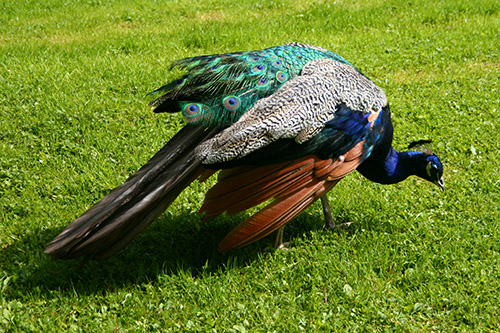

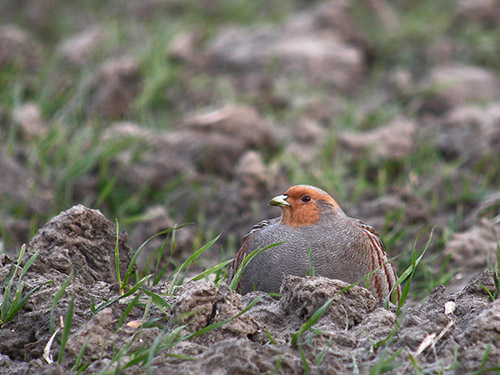
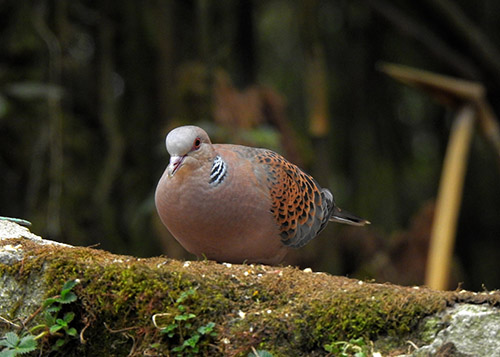
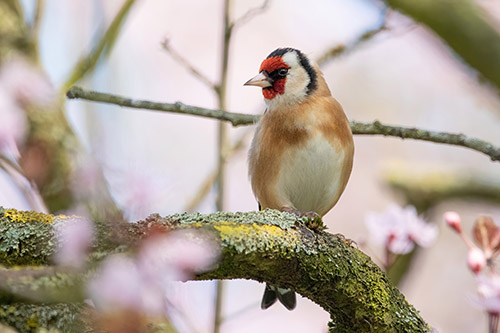
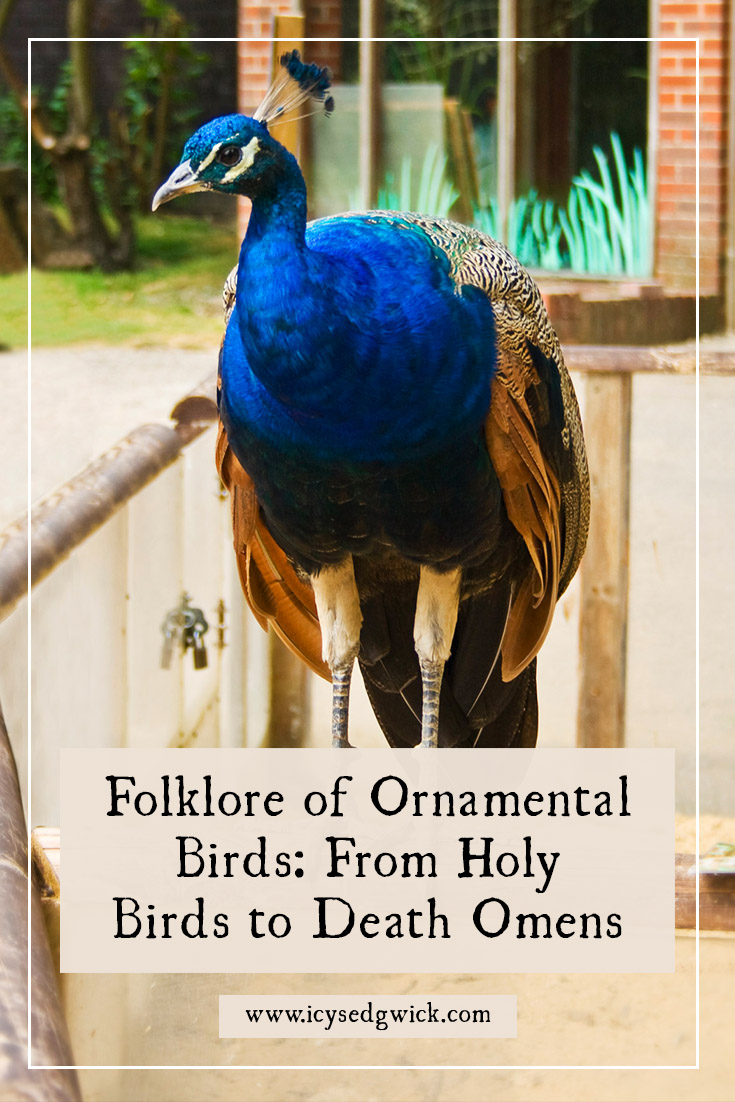





Have your say!